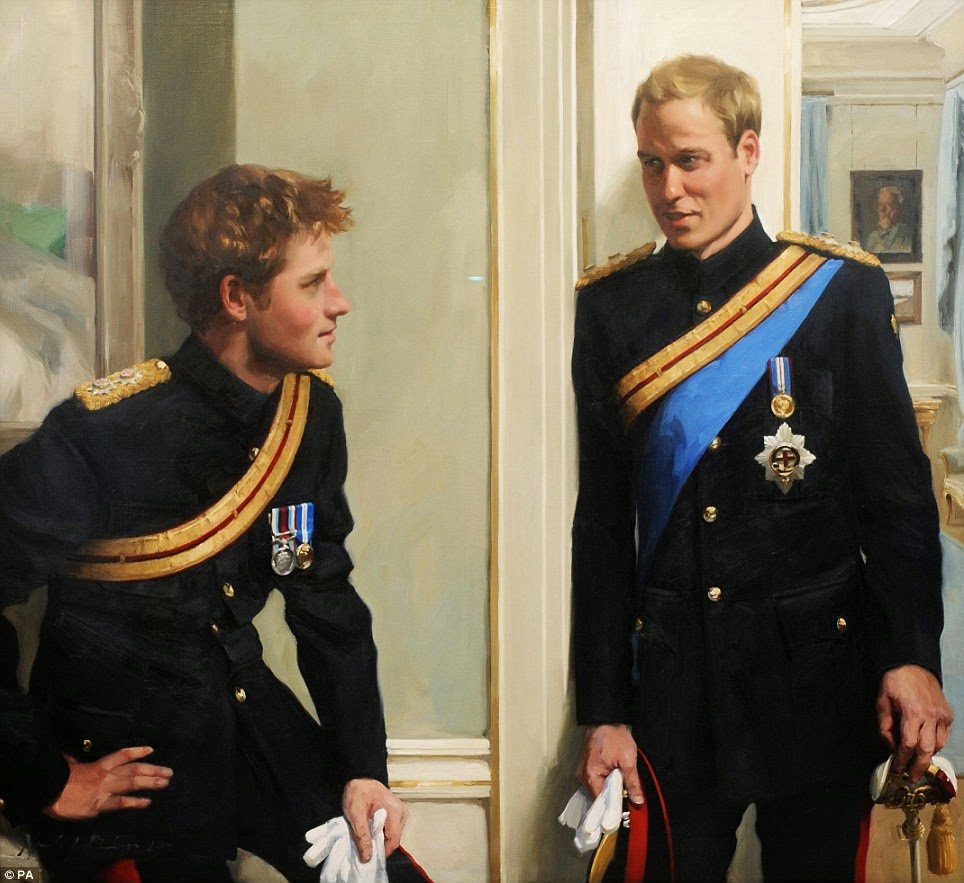 |
| Kate McCrickard, Peas, 2014, acrylic on canvas, 38 x 40 cm |
OPEN THE BOX
at ART FIRST, Eastcastle St, London, until May 17th
This fork looks more like a garden fork - perhaps it feels just as heavy and unsubtle to a small child. Her clothes are subdued, her hair cut is conventional, she is a solitary figure. And a person who's not going to be distracted. The artist has captured what the colour supplements might call mindfulness, a moment of exquisite concentration on the here and now. Her stillness is set against a background fizzing and popping with colour, a bright world seen with the immediacy of a child's vision.
 |
| Studio 2 monotype, 26 x 28cm |
 |
| Painter, monotype, 26 x 28cm |
The artist says 'I realised it wasn't twee to depict kids in domestic settings through looking at those who had done it before to great effect'
Below is Eduarad Vuillard's Children in a Room, with a characteristic exploration of colour and pattern
t

Open the Box is Kate McCrickard's first London exhibition. ART FIRST also has an exhibition of Wilhelmina Barns-Graham's later works in the Main Gallery until May 17th
www.artfirst.co.uk/art_first_projects.html
www.artfirst.co.uk/exhibitions.html
www.arthermitage.org/Edouard-Vuillard/Children-in-a-Room.html






